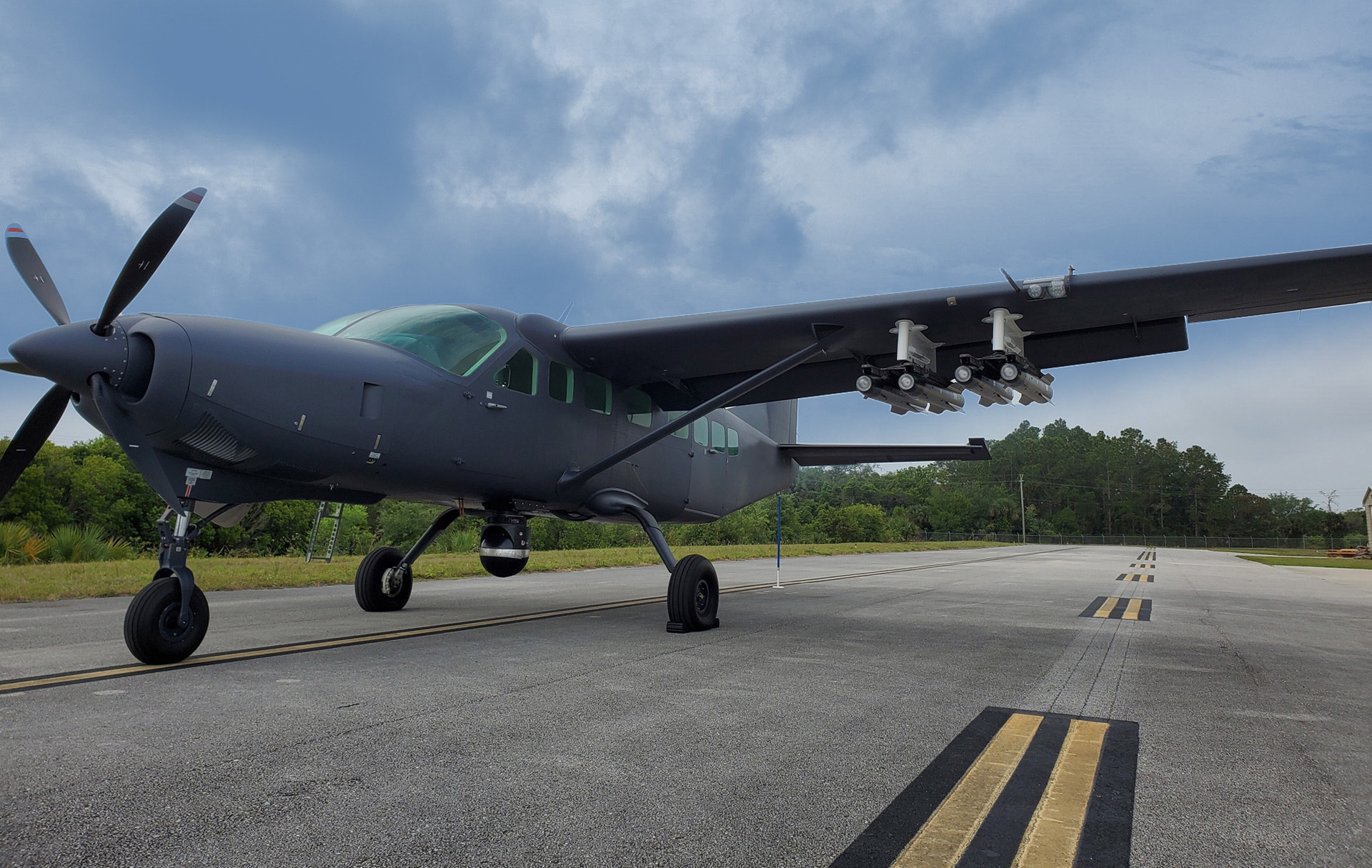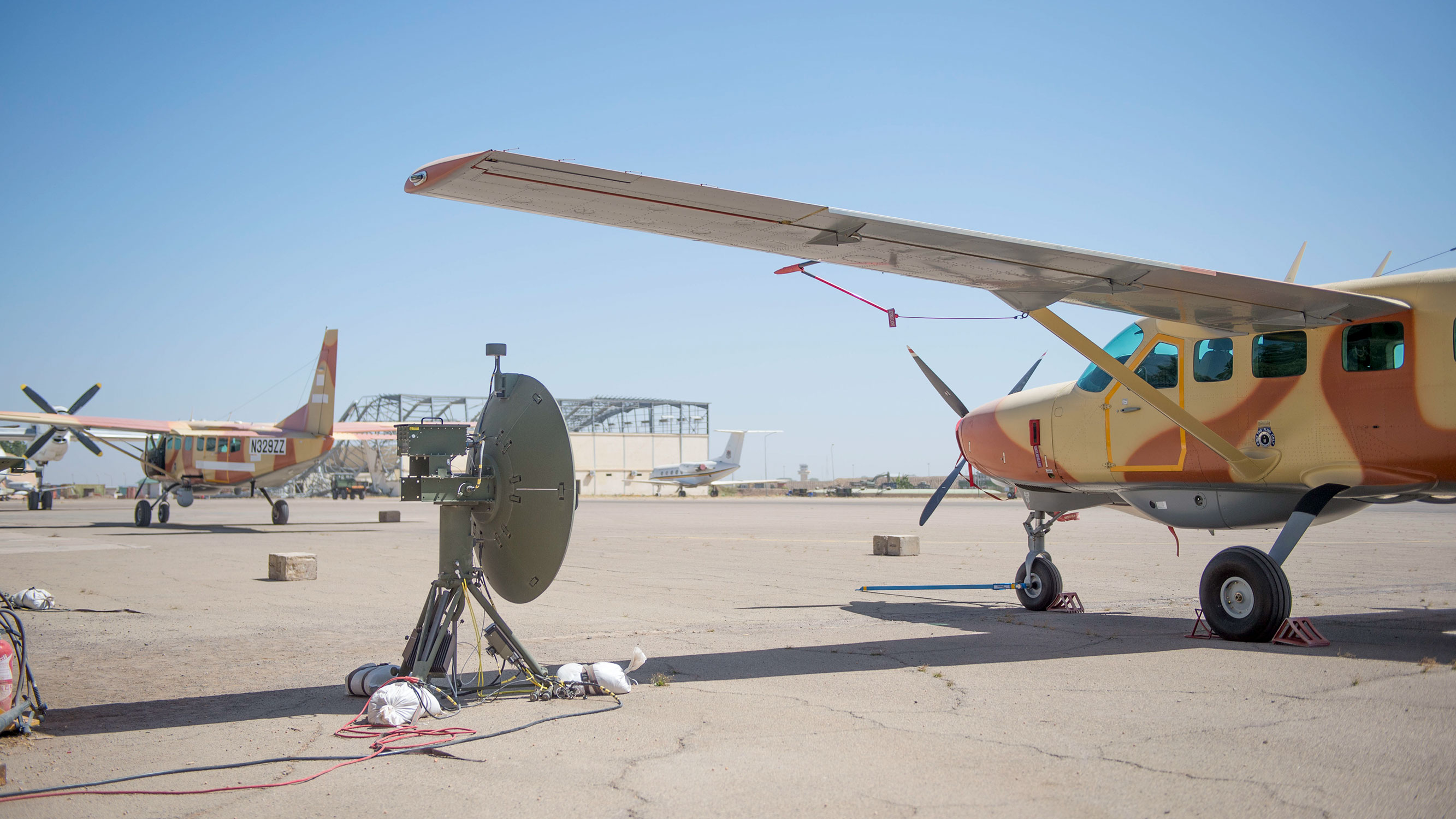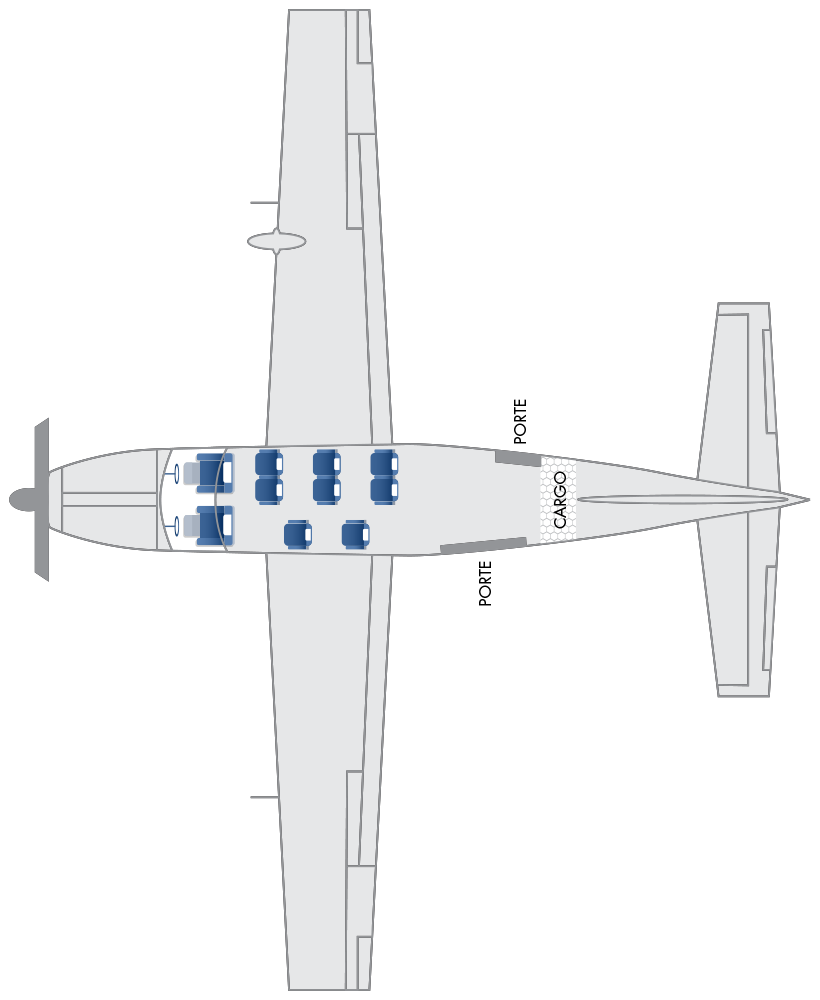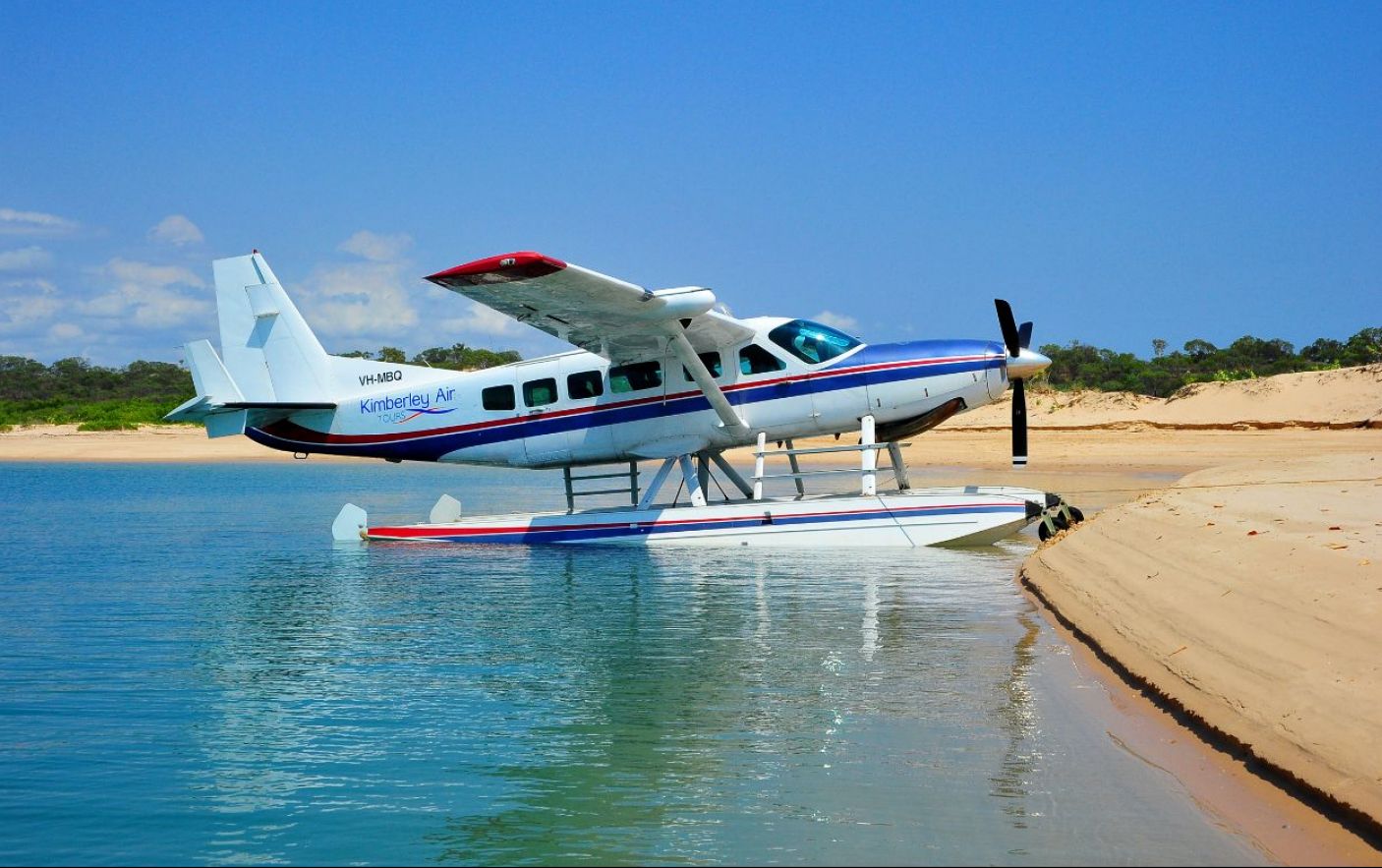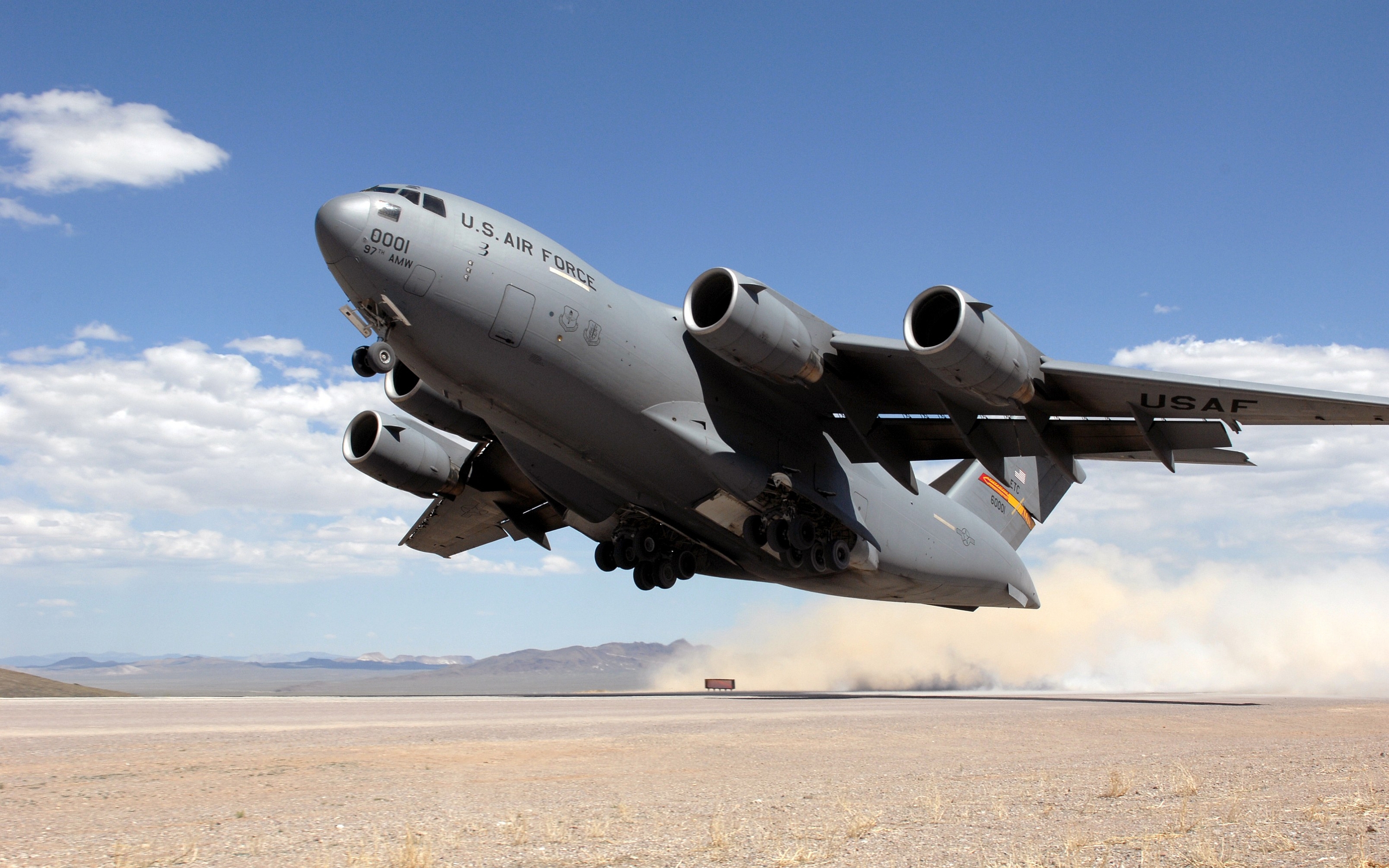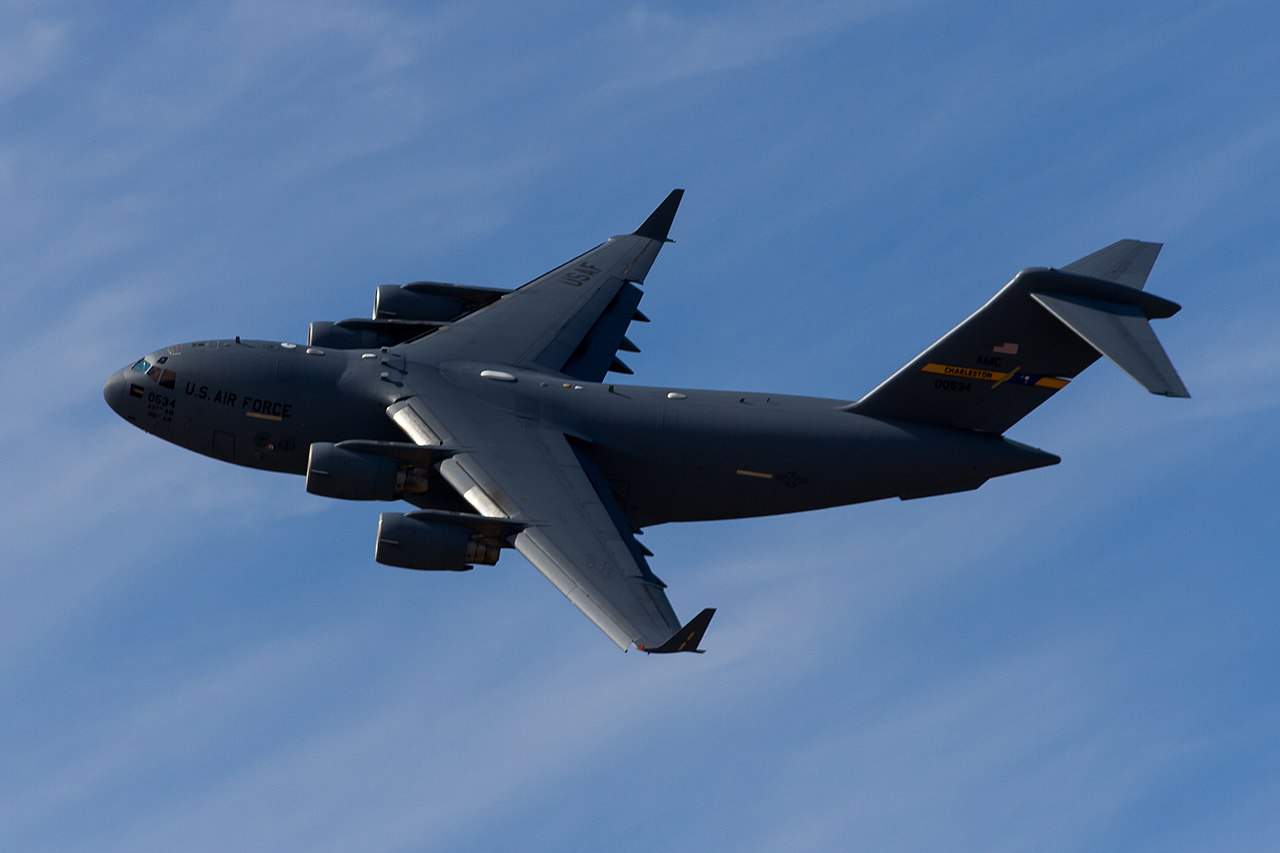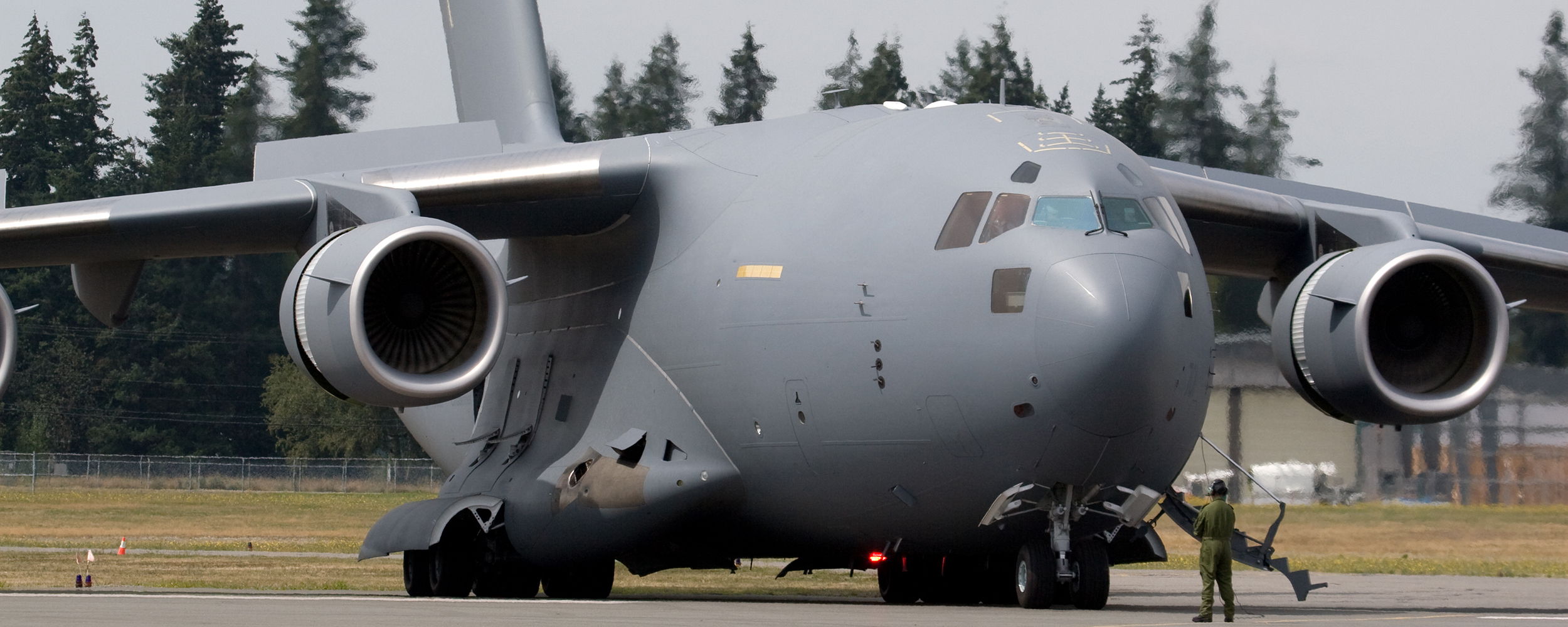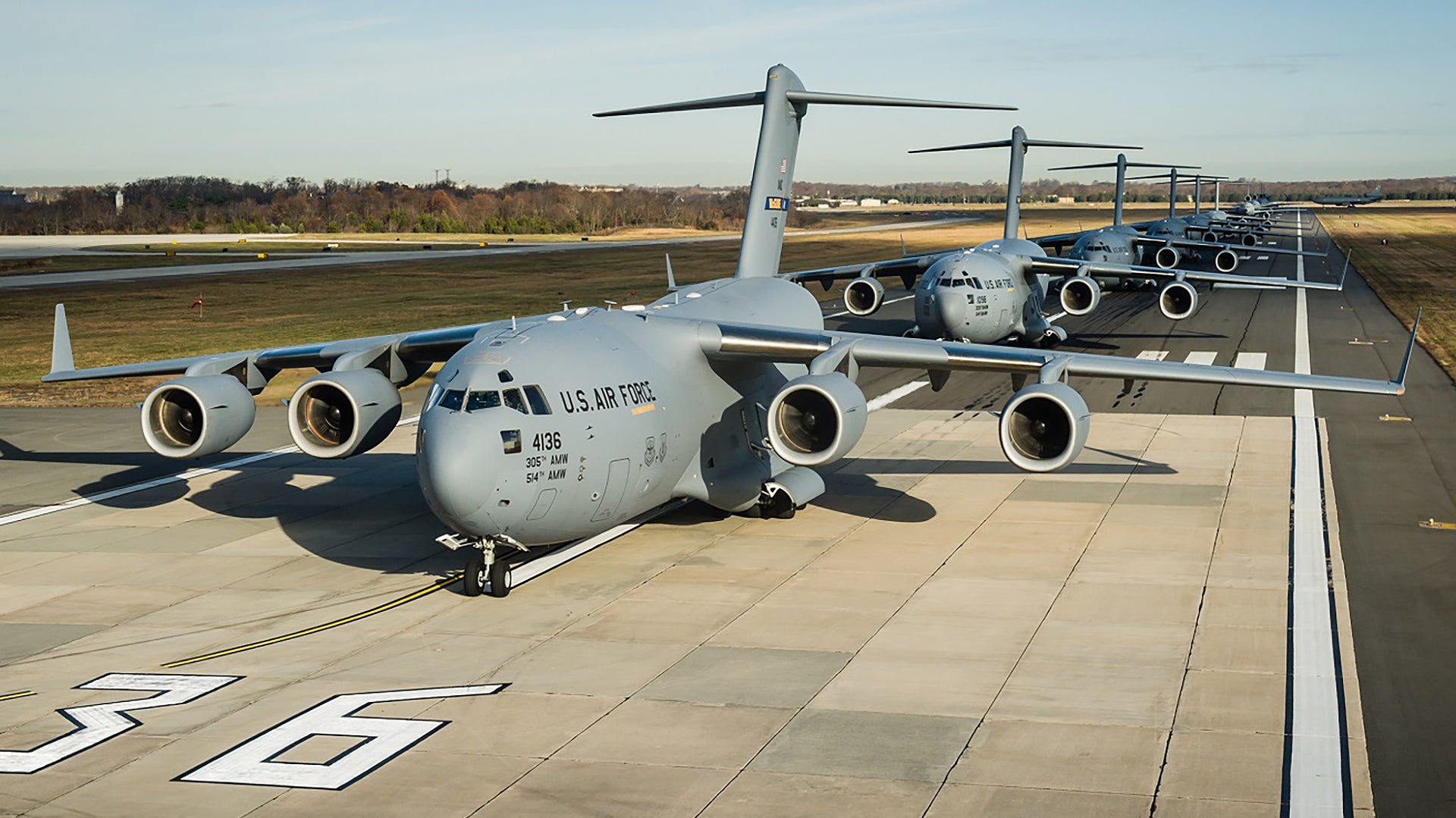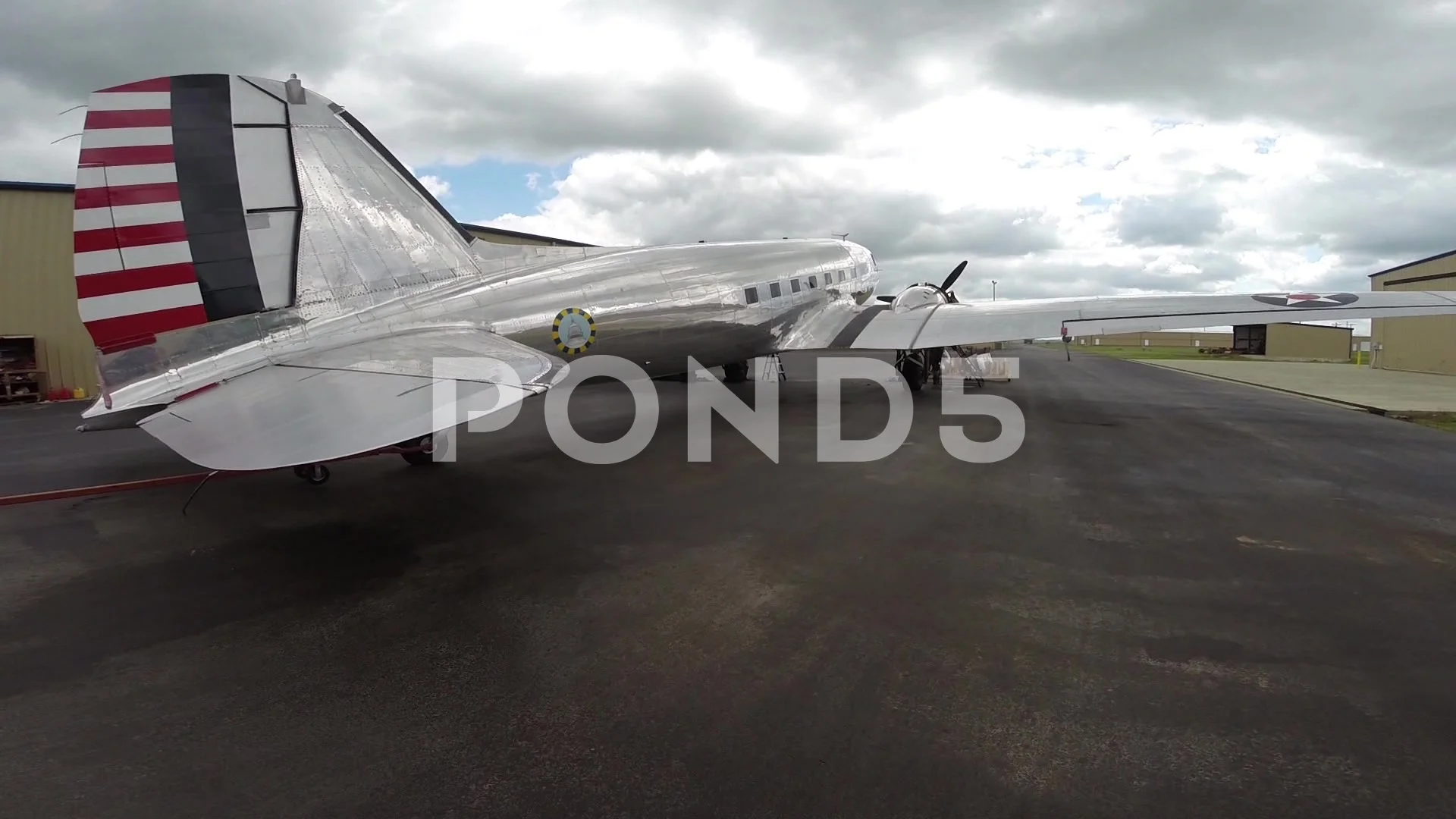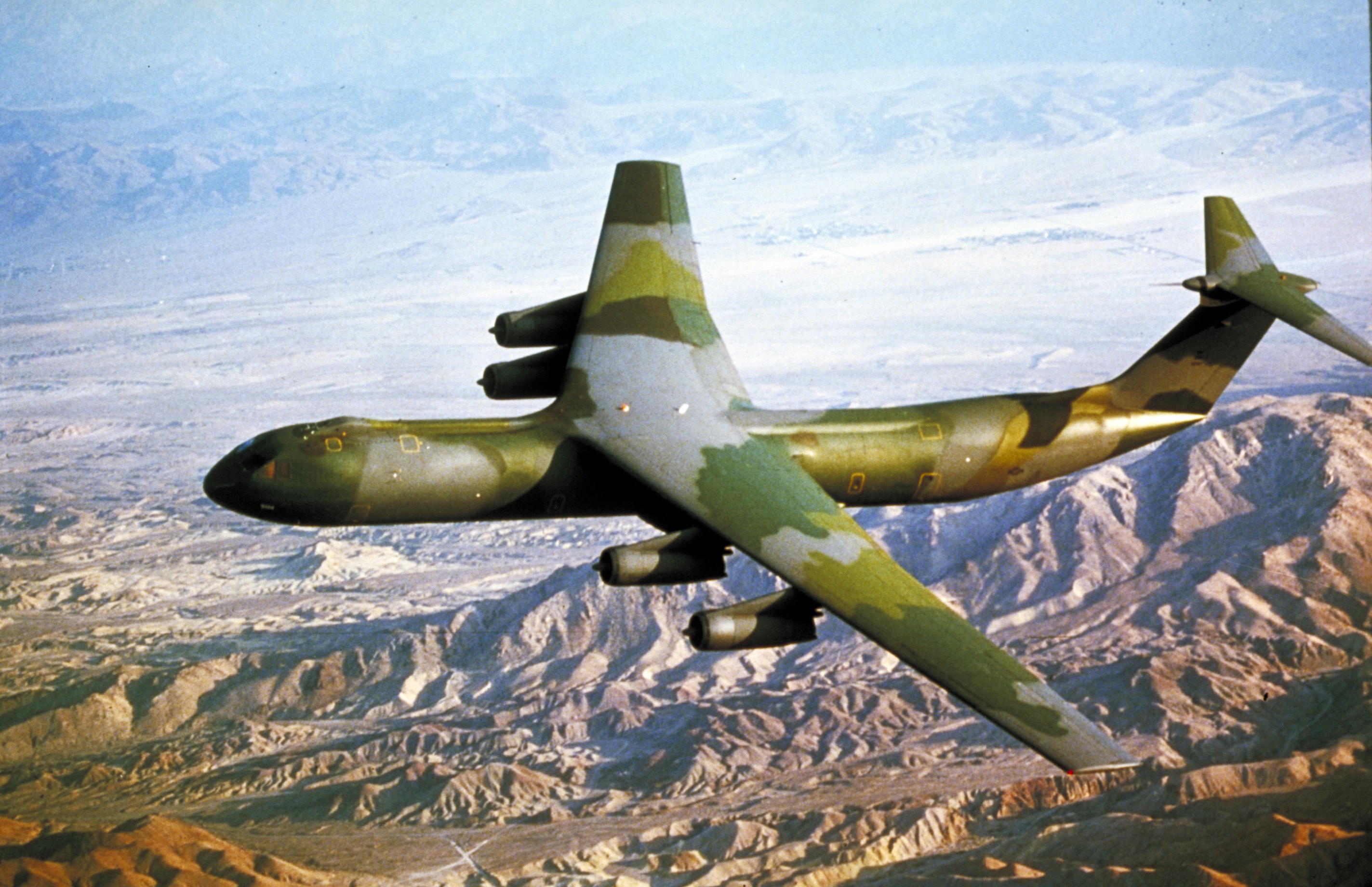C 53 Aircraft - In 1963, the aircraft made one of its most important moves to the State of Ohio. From 1963 TO 1983 it was known as "Buckeye One," the official state transport aircraft of the Governor. The airplane participated in the opening of many General Aviation Airports in the state of Ohio.
Governor Rhodes was a champion of aviation and our C-53 was his pride and joy. His Director of Aviation and DC-3 pilot, Norm Crabtree, is famously quoted as saying that "the airport runway is the most important main street in any town."
C 53 Aircraft
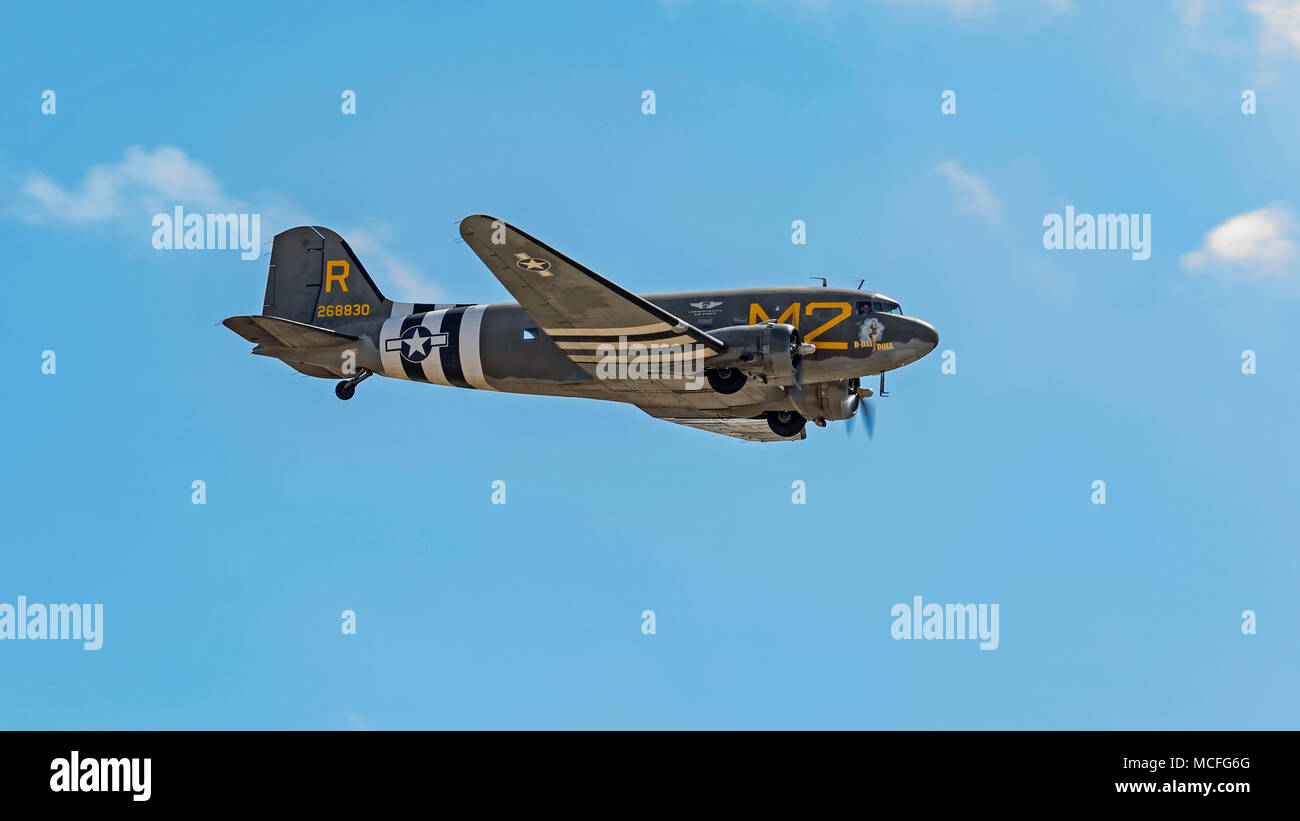
They recognized the importance of General Aviation and their goal was to open an airport in every county in Ohio. After it's retirement, it was then flown to the US Air Force Museum in Dayton, Ohio where it sat until 1990.
Honoring Veterans
Keeping D-Day Doll airworthy is a full-time business, with safety being the number one priority. "Even though the engines may be 75 years old, they are still re-manufactured periodically," Prosser explains. "We go through her four times a year for inspections."
At 65 feet in length and with a wingspan of 95 feet, the Douglas C-53 was "the large transport airliner of the day," explains Prosser. "The Dakotas moved masses. They could take 25 to 30 people at a time, drop them, return, drop them, return.”
It "took a year to get it to fly," explains Prosser. "It's a lot of labor and love. The mechanical parts generally are easy to find” but “the structural parts … are hard to come by” and “have to be re-manufactured by hand.
There's just a lot of day-to-day maintenance.” In Europe, the C-47 and a specialized paratroop variant, the C-53 Skytrooper, were used in vast numbers in the later stages of the war, particularly to tow gliders and drop paratroops.
During the invasion of Sicily in July 1943, C-47s dropped 4,381 Allied paratroops. More than 50,000 paratroops were dropped by C-47s during the first few days of the D-Day campaign also known as the invasion of Normandy, France, in June 1944. In the Pacific War, with careful use of the island landing strips of the
Pacific Ocean, C-47s were used for ferrying soldiers serving in the Pacific theater back to the United States. He and his team of 80 enthusiasts – “about half a dozen pilots, a few mechanics and the rest are just volunteers and lovers of history” – have spent two-and-a-half years getting their plane, D-Day Doll, ready.

for this event. The Douglas C-53 "Skytrooper" was another production version, based on the airline DC-3 configuration and fitted to carry personnel. Consequently, only a single entry door was provided, in place of the C-47's double door, and the name "Skytrooper" was assigned.
Douglas built 221 C-53s, with R-1830-92 engines; 20 of these were assigned to the Navy. The single XC-53A (42-6480) had full-span slotted flaps. Eight C-53Bs had extra tanks and a navigator's station. The 17 C-53Cs were fitted with side seats, as were the 159 similar C-53Ds.
"It's a very stable airplane," says Prosser, who retired from his career as an airline pilot in the mid-1990s. "It is not the funnest airplane to fly. It flies like a motor home. You turn the control wheel and you wait and then it turns.
But it's just the history that's in it.” With all of the aircraft and pilots having been part of the Indian Air Force prior to independence, both the Indian Air Force and Pakistan Air Force used C-47s to transport supplies to their soldiers fighting in the Indo-Pakistan War of 1947.
The Douglas C-47 Skytrain or Dakota (RAF, RAAF and RNZAF designation) is a military transport aircraft developed from the civilian Douglas DC-3 airliner. It was used extensively by the Allies during World War II and remains in front-line service with various military operators.
It was built at the Douglas factory in Santa Monica, California. It is one of 159 C-53Ds and was delivered to AAF on July 7, 1943. It was assigned to the 434th Troop Carrier Group and was stationed at various locations (Alliance Field, NE, Baer Field, IN, Fullbeck, UK, and
Welford Park, UK) before arriving at Royal Air Force (RAF) Aldermaston, UK in March 1944. The C-47 also earned the informal nickname "gooney bird" in the European theater of operations. Other sources attribute this name to the first aircraft, a USMC R2D—the military version of the DC-2 being the first aircraft to land on Midway Island, previously home to the long-winged albatross known as the gooney bird which was native to Midway.
. After tracking down the owner, a deal was eventually struck to purchase the aircraft and two spare engines for $100,000 US. With an initial down payment of Jason's own money of $20,000, a deal was made for the remaining balance to be paid off in 12 months time in full or the aircraft and the $20,000 would be forfeited.
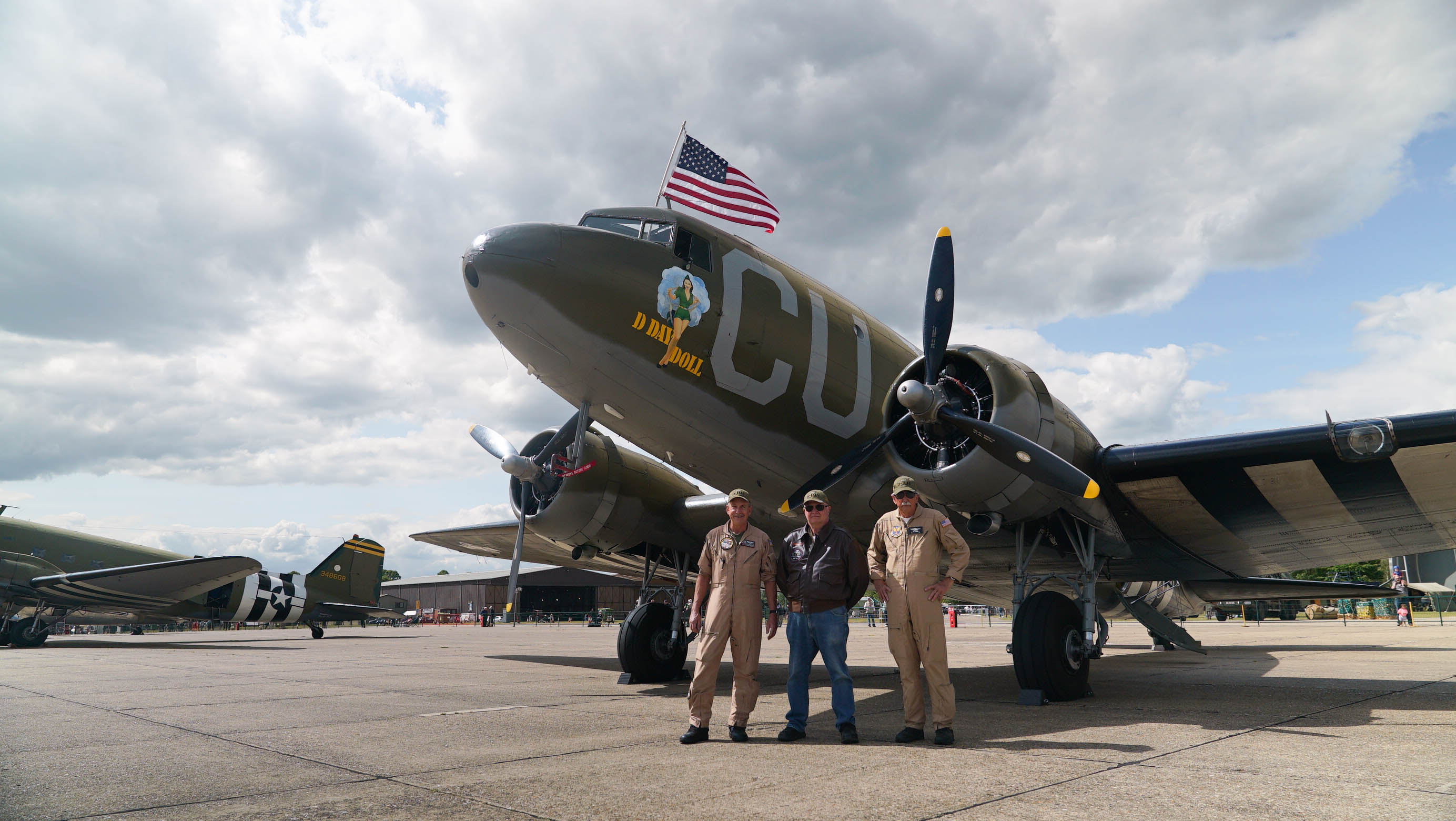
Registered by Ohio University of Athens, Ohio as N34DF, the aircraft was bought by the school for its engines alone to keep their own DC-3 flying. Left engine-less at Dayton, Ohio the aircraft faced an uncertain fate until Ken Joseph entered the picture.
Ken bought engines for the airplane and had it brought to a condition in which the FAA issued a Ferry Permit so the airplane could be flown to Beach City, Ohio. After its flight in 1992, it is here that our C-53 has sat awaiting fate.
It was a chance encounter while driving through the Ohio countryside that Jason Capra stumbled across what we named "Beach City Baby" in the summer of 2015. There are World War II veterans visiting D-Day Doll in Duxford today, such as 97-year-old American pilot David Hamilton.
It's a poignant reminder that this will be the last major D-Day anniversary at which survivors might be present. The changes fully met the new FAR 4B airworthiness requirements, with significantly improved performance. However, little interest was expressed by commercial operators in the DC-3S.
It was too expensive for the smaller operators that were its main target; only three were sold to Capital Airlines. The U.S. Navy and U.S. Marine Corps had 100 of their R4D aircraft modified to Super DC-3 standards as the R4D-8, later redesignated the C-117D.
The race was on to save the airplane and start an organization to facilitate the operation and ownership of the C-53. After taking almost 4 months to legally form and get Vintage Wings Inc. operational, all avenues were a go to secure the C-53.
After a herculean effort and social media campaign, Vintage Wings Inc. in just 6 months time managed to raise all additional funds to outright purchase "Beach City Baby." On February 12th, 2017 a check for $80,000 was written to Ken Joseph for the purchase of N34DF.
The airplane was now in the hands of Vintage Wings Inc. In November 1942, 41-20095 was then transferred to North Africa with the Air Transport Command where it shuttled troops and wounded in and out of the North African campaign.

It was here that our aircraft served with the North African Division of ATC where it supported the war in North Africa and eventually took place in the Invasion of Sicily and Italy. The aircraft was last assigned to FEA, Cairo Division until May 12th, 1945.
Now it is our turn to write this amazing airplane's next chapter. With your help we can bring "BEACH CITY BABY" back to life. Don't let this beautiful piece of American aviation history fade away or worse, be cut by the scrapper's torch.
With your contribution and help we can put our C-53 back where it belongs, in the air. A list of 50+ steps were made and prioritized to be accomplished to make the aircraft flyable. As work started to take place and the never ending task of finding support in the forms of mechanics, labor, parts, and the never ending need for funding was constant.
With the incredible help and support of a growing number of volunteers and Preferred Airparts, the C-53's rehabilitation began to gain momentum. It is a guarantee that every DC-3 still out there has an amazing history.
Any given DC-3 type air frame probably had a noble career as a civilian transport or cargo hauler some time before or after the Second World War. It is arguably the most significant airline aircraft in history, and was also named by General Eisenhower to be one of the four tools that won World War II.
So what makes 41-20095 so special and deserving of preservation? The specialized C-53 Skytrooper troop transport started production in October 1941 at Douglas Aircraft's Santa Monica plant. It lacked the cargo door, hoist attachment, and reinforced floor of the C-47.
Only 380 aircraft were produced in all because the C-47 was found to be more versatile. Now, to mark the 75th anniversary of that day, around 30 Douglas planes - known as "Dakotas" - have flown to the Imperial War Museum Duxford, north of London, for the largest gathering of the aircraft since World War II.
After its career as an airline aircraft, our C-53 found itself headed back to the United States where it became outfitted as a corporate DC-3. In October 1952, it was registered to Rampo Foundry & Wheel Works in New York as N9959F.

From here it went to Air Carrier's Corp. and was changed yet again to N34D. The D-Day landings were an Allied assault by air, land and sea which would change the course of World War II.
The soldiers who went out the door, whose steps we've just climbed, leaped to an uncertain fate, enemy snipers shooting at them as they made their descent. After the war, its C-53 airline type configuration made it a valuable resource in the post-war rebirth of the worldwide airline transport system.
It was sold to the Danish Airlines and flew as the Gorm Viking on the Danish/SAS famous Flying Viking service. The airline operated her until its merger with SAS who sold the airplane in 1952. On June 6, 1944, the Douglas C-53 "Skytrooper" in which we now sit was filled with American paratroopers, young men far from home, who took off from England's RAF Aldermaston Airfield to be dropped into Nazi-occupied France.
"We spent quite a bit of time coming across North America and ... it really turned into a veteran appreciation at each stop," says Prosser. World War II veterans would come to see the aircraft they flew in 75 years before, and "it gets emotional."
Vintage Wings Inc. Douglas C-53-DO Skytrooper was on the factory floor in Santa Monica, California when Pearl Harbor was attacked and was accepted by the USAAC weeks later in January 1942. This C-53-DO was turned into a citizen soldier after war was declared.
, just like so many young Americans at the time. Given serial number 41-20095 it was accepted on January 29th, 1942 and sent to Bolling Field, Washington DC. The aircraft was then assigned to the Ferry Command shortly thereafter and flown to Presque Isle, Maine where it flew under the command of pilots from "Northeast Airlines" while with Ferry Command.
Our "095" flew some of the very first survey routes and ferry flights to and from England laying the ground work for what would become known as the North Atlantic Routes used by thousands of aircraft to deliver supplies and personnel to England.
During World War II, the armed forces of many countries used the C-47 and modified DC-3s for the transport of troops, cargo, and wounded. The U.S. naval designation was R4D. More than 10,000 aircraft were produced in Long Beach and Santa Monica, California and Oklahoma City, Oklahoma.

Between March 1943 and August 1945, the Oklahoma City plant produced 5,354 C-47s. Several C-47 variations were used in the Vietnam War by the United States Air Force, including three advanced electronic-warfare variations, which were sometimes called "electric gooneys" designated EC-47N, EC-47P, or EC-47Q depending on the
engine used. Air International, Miami International Airport was a USAF military depot used to convert the commercial DC-3s/C-47s into military use. They came in as commercial aircraft purchased from third-world airlines and were completely stripped, rebuilt, and reconditioned.
Long-range fuel tanks were installed, along with upgraded avionics and gun mounts. They left as first-rate military aircraft headed for combat in Vietnam in a variety of missions. Douglas EC-47s were also operated by the Vietnamese, Laotian, and Cambodian Air Forces.
A gunship variation, using three 7.62 mm miniguns, designated AC-47 “Spooky”, often nicknamed “Puff the magic dragon”, was also deployed. It carries around 820 gallons of gas and guzzles around 100 gallons per hour. The journey from California to England, in this austere war machine without modern insulation or even a toilet (a portable one was installed), was epic, to say the least.
Our C-53 is representative of the men and women of the Greatest Generation and the rich legacy of the DC-3 in every way. A civilian drafted into service weeks after the US entered the war, he has served in multiple theaters under multiple commands and worked under legends of the era.
After the war it went back to a peaceful job doing what it knew best, flying passengers in luxurious service. In its golden years the C-53 became a politician of sorts, and an ambassador of aviation spreading the word to children around the State of Ohio.
We want to continue that final educational mission, while paying homage to his entire career. The C-47 was vital to the success of many Allied campaigns, in particular, those at Guadalcanal and in the jungles of New Guinea and Burma, where the C-47 and its naval version, the R4D, made it possible for Allied troops to
counter the mobility of the light-traveling Japanese Army. C-47s were used to airlift supplies to the encircled American forces during the Battle of Bastogne in Belgium. Possibly its most influential role in military aviation, however, was flying "The Hump" from India into China.
The expertise gained flying "The Hump" was later used in the Berlin Airlift, in which the C-47 played a major role until the aircraft were replaced by Douglas C-54 Skymasters. The team are all volunteers, and all their money comes from fundraising.
The restoration work for today cost $250,000, "and that's before we even left Riverside," says Prosser. "All of the operational cash is over and above that. It's all through donations of folks that want to keep the history alive that keeps this girl flying."
c 53 skytrooper, c 53 transport, d day doll c53, vintage wings inc, douglas c 53 skytrooper, c47 vs c53, c 53 skytrooper aircraft, douglas c 53d
